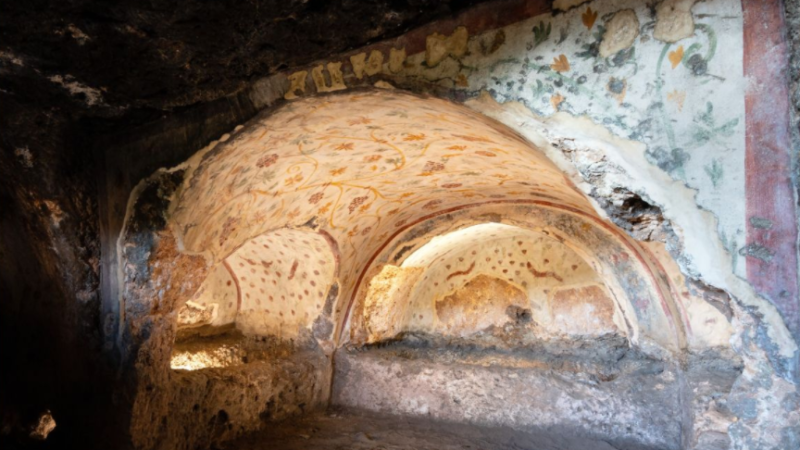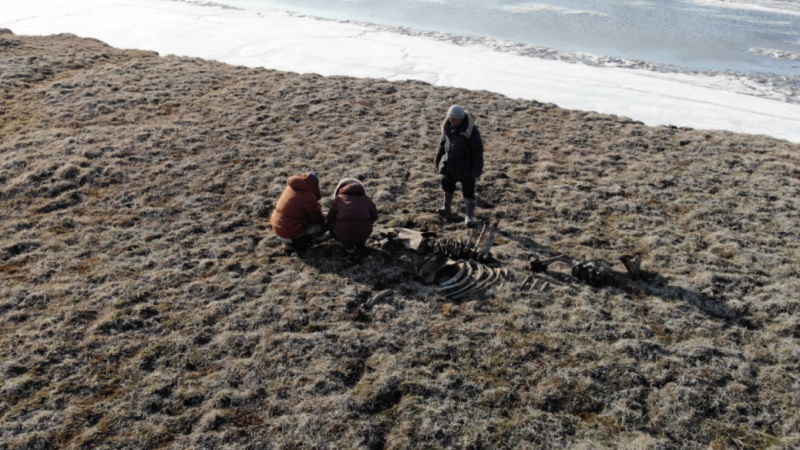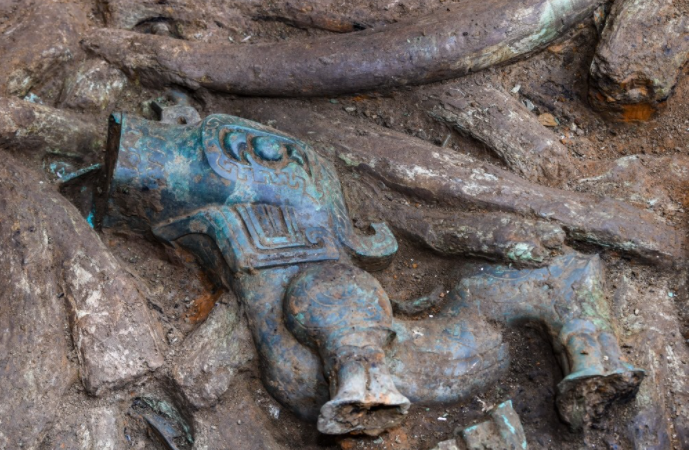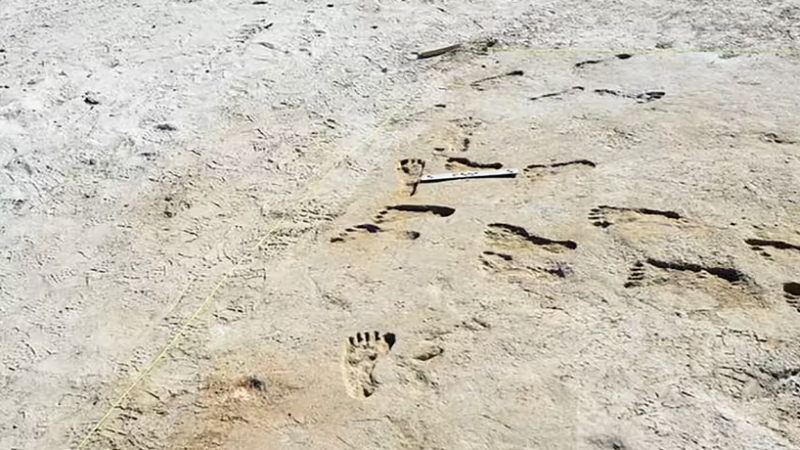Mysterious stone balls found in Neolithic tomb

Mysterious stone balls
Mysterious stone balls found in Neolithic tomb. Two cleaned stone balls formed around 5,500 years prior — connected to a puzzling practice practically novel to Neolithic Britain — have been found in an old burial place on the island of Sanday, in the Orkney Islands north of central area Scotland.
Many comparative stone balls, each with regards to the size of a baseball, have been found at Neolithic locales chiefly in Scotland and the Orkney Islands, yet in addition in England, Ireland and Norway, Live Science recently announced.
Some are lavishly cut —, for example, the renowned Towie ball found in upper east Scotland in 1860 — yet others are studded with projections or easily cleaned.
Early analysts proposed that the balls were utilized as weapons, thus they were now and again called “mace heads” subsequently. Another thought is that rope might have been twisted around the flaps cut into a portion of the balls to toss them.

Be that as it may, most archeologists presently think the Mysterious stone balls were made fundamentally for imaginative purposes, maybe to imply an individual’s status locally or to remember a significant period of their lives, said paleontologist Vicki Cummings of the University of Central Lancashire in England, who drove the unearthings of the burial place on Sanday.
The two Mysterious stone balls found at the burial chamber close to the sea shore at Tresness on Sanday — one made of dark stone and the other of lighter-hued limestone — are early instances of such articles and were flawlessly cleaned, as opposed to being cut like the Towie ball. Cutting balls would in general happen later in the Neolithic time frame, she said, while cleaning balls was by and large a prior training.
The two cleaned balls “are a lot less complex, however they are as yet lovely articles,” Cummings disclosed to Live Science. “They would have set aside a significant long effort to make, since it is very tedious to clean a stone … You must stay there with some sand and some Neolithic tomb water and a stone, and fundamentally put the work in.”
This is one of only a handful of exceptional occasions that stone balls have been found in their actual archeological setting, Cummings said, which could reveal insight into the motivation behind the strange articles.
Every one of the Mysterious stone balls were found toward the edges of two unique compartments used to bury human remaining parts in the entombment office of the burial chamber, while different items — particularly bits of earthenware — were found along the compartment dividers.
“Most likely the thing was occurring was that individuals were putting little sections down and putting pots on top of these chunks,” Cummings said. “They truly appeared to be keen on the dividers and the corners.”
Inside the burial chamber, archeologists likewise discovered a store of incinerated human bones close to the passages of two of the five compartments in the entombment chamber, just as a few “scale blades,” which were made by breaking sea shore rocks into pieces that had a sharp edge.
“You can utilize it as a great butchery instrument — and we discovered huge loads of those in the [tomb], which is truly astonishing. What’s more, that makes one wonder of what they [the makers] were doing,” Cummings said.
Individuals might have utilized the blades to isolate tissue Mysterious stone balls from the bones of the dead. “It may propose they were controlling the human remaining parts that were set in the chamber — there are numerous practices and heaps of instances of that,” she said.
Old islands
The Orkney Islands are past the extremely northernmost tip of central area Scotland. They are specked with archeological destinations, including an UNESCO World Heritage Site called the Heart of Neolithic Orkney around the Ness of Brodgar perplexing and the Neolithic town at Skara Brae, which recommends the islands were very much populated around 5,000 years prior.
“The Orkney Islands may appear to be far off when you take a gander at a guide, however when you come here you see they are staggeringly rich horticultural land that is exceptionally simple to work,” Cummings said. “I think Neolithic individuals arrived and were truly fruitful — they discovered a climate that they just flourished in.”
The unearthings on Sanday have been a joint exertion between the University of Central Lancashire group, driven by Cummings, and archeologists from the National Museums Scotland drove by Hugo Anderson-Whymark.
The old burial chamber is close to the coast and is powerless against being upset by a tempest adrift, so the specialists are attempting to discover however much as could be expected before the site is harmed, Cummings said.
The burial chamber and a Neolithic settlement they’ve unearthed about a mile (1.6 kilometers) away would have been farther from the coast around 5,500 years prior, and the scene would have had a greater number of trees than it does now, she said.
Albeit the burial chamber was researched during the 1980s, Mysterious stone balls just shallow unearthings were made that didn’t uncover its advanced age.
During the most recent unearthings, which required around four years to finish up, the analysts applied the furthest down the line archeological methods to the burial place, including making a three-dimensional photogrammetric model of it, Cummings said.
The archeologists will currently lead examinations of the information accumulated during the unearthings, she said, which ideally will give significantly more data about the Neolithic individuals of the islands.







